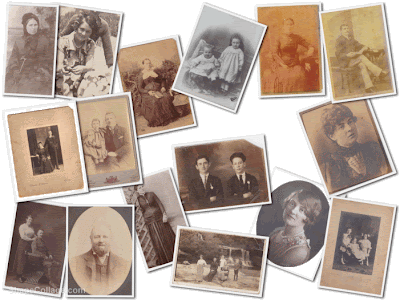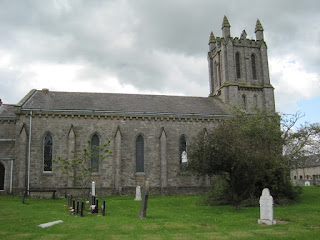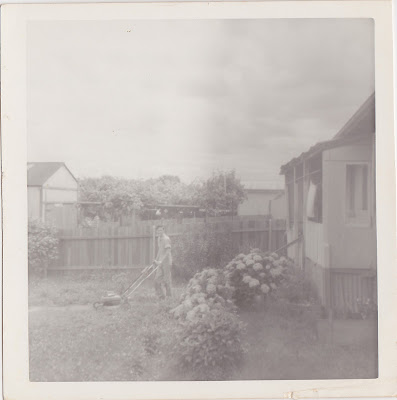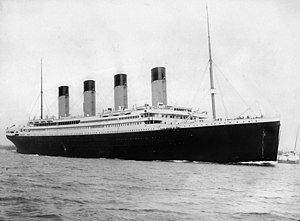This is the first A-Z genie challenge that I actually finished, the Blogging from A-Z Challenge (April 2016).
If you're interested in reading a few stories about the quirky antics of my ancestors, here is a collection of 26 blogposts to choose from:
A is for Aloysius
B is for Bankruptcy in Bourke
C is for Chameleon
D is for droves of diverse ancestors
E is for elegant and ever-so-cheeky
F is for Five Dock
G is for the giant cabbage of Gulgong
H is for hats, quirky hats
I is for interesting
J is for journey of a lifetime
K is for Kennealy and Kelly
L is for love in the graveyard
M is for a magazine reunion
N is for Nevertire
O is for O'Reilly and O'Riley
P is for pins in the feet as a wake-up call
Q is for quarrying in Paradise, Purgatory and Hellhole
R is for riding from Bourke to Sydney
S is for strange occupations
T is for tram conductress
U is for up a shark's ^!@%
V is for Victa lawnmower
W is for wild Irish hair
X is for a couple of X-chromosomes
Y is for Ysciefiog
Z is for zzzZZZzzz and letting sleeping beds lie
























































